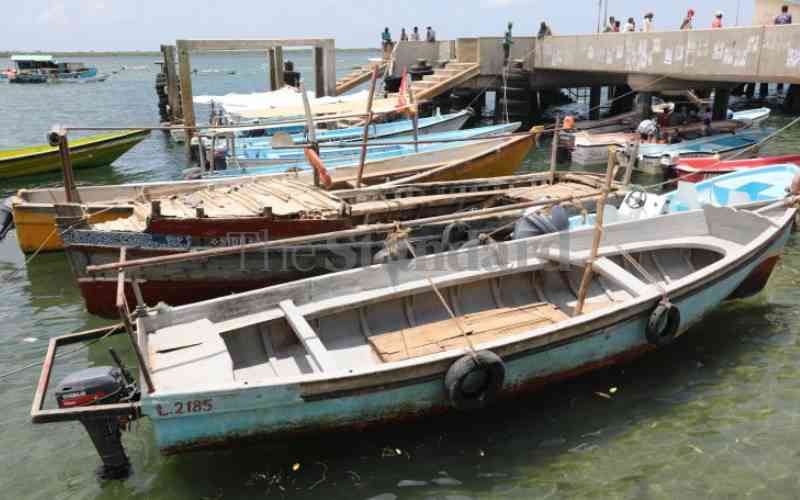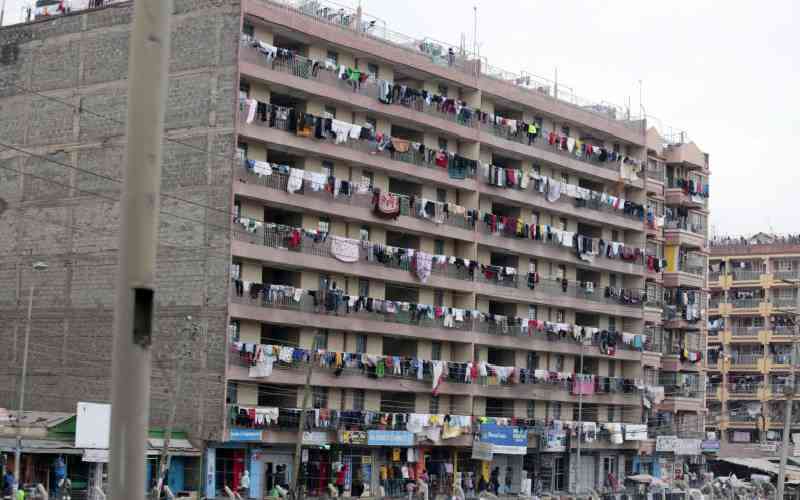
Nairobi: The British could not have settled in Kenya without the railway line. It was the nerve system of the colony.
Today, though, most of that railway is in disuse, a relic of a bygone era. In places like Nyahururu, Solai and Nanyuki, the once-vibrant godowns have closed or been converted to alternative use.
In the colonial period and many years after, the railway transported imports and exports from wheat to beef. And letters, which were eagerly waited for by lonely settlers scattered all over the country. It was the popular means for leisure travel to various towns in the country.
It has been argued that the country’s unequal development has its roots in the railway, with towns along the line enjoying a head-start in infrastructure and other services. Kenya’s four largest towns hug the railway.
The building of the standard gauge railway (SGR), much wider than the one the Britons built, will open a new era in rail transport. Others argue, however, that the railway belongs to a bygone era, the future lies in the car and plane.
It is interesting that both the original railway built around the turn of the last century and SGR have an Asian connection, first the Indians and now the Chinese.
It has been suggested that the new railway will make transport cheaper, which will spill over to other sectors of the economy, and like low oil prices, reduce inflation and increase productivity. Really?
Unintended consequences
First, the cost of building the railway must be recouped. Britons tried to do that by settling people to exploit land and use the railway for transport. I doubt it ever paid for itself.
Such high costs perhaps explain why colonialism in Kenya lasted a much shorter time than the 500 years in Angola or Mozambique. Rail transport rarely breaks even, and is often subsidised by governments. We hope ours will be an exception. Privatisation of the railway did not work as expected.
The growth of our economy, if sustained, will most likely pay for the railway by carrying imports, exports and passengers.
But there are likely to be unintended consequences. What will happen to the trucks that ply Mombasa Road? Can truck owners buy wagons and reap from the railway line?
But the renaissance in railway transport is not just about SGR; it should go beyond that into the use of electric trains that are more environmentally friendly and faster. I once took such a train from Maastricht in the Netherlands to London, and it was an experience.
More importantly, the railway is the secret behind mass transportation in big cities like New York, Shanghai or Toronto, particularly the subway or undergrounds trains. In some cities like Vancouver, there are ‘skytrains’. Nairobi should adopt skytrains because of the swampy nature of its landscape.
Stay informed. Subscribe to our newsletter
The real renaissance will be the building of more airports as we move towards a post-industrial society characterised by services. The idea of having an airport in every county headquarters should be actualised. Time has become more precious, making air transport more valuable.
The other renaissance will come from changing the way we think. The railway line was about fixation; it is hard to move the rail once it is built. Roads are about flexibility and personalisation. Air transport is about timelessness. Some argue that railways link the past and present. This is not entirely untrue.
The big question is: what is the optimal mix of transport systems to make our economy as efficient as possible? For example, we rarely address the needs of pedestrians who constitute over 60 per cent of casualties in road accidents.
In Canadian cities like Toronto, cycling is encouraged. This reduces the cost of universal healthcare. Why should I drive from Westlands to the University of Nairobi? A bicycle would be cheaper, and parking not a problem. I could even keep it in my office. Even roller skating is a viable transport means. Yet our road designers seem to think of cars only.
The new railway is about to be completed. We all hope it will be different from the one the Britons built or the Chinese built linking Zambia to Dar es Saalam (Tazara).
The test of any investment is the return, distilled of political emotions. We are waiting and watching for a renaissance in Kenya’s transportation sector.
Unfortunately, there aren’t as many innovations in transport as, say, electronics. Maybe that is why the railway is still a fascination. What is the iPhone equivalent in transport?
The writer is senior lecturer, University of Nairobi.
[email protected]
 The Standard Group Plc is a
multi-media organization with investments in media platforms spanning newspaper
print operations, television, radio broadcasting, digital and online services. The
Standard Group is recognized as a leading multi-media house in Kenya with a key
influence in matters of national and international interest.
The Standard Group Plc is a
multi-media organization with investments in media platforms spanning newspaper
print operations, television, radio broadcasting, digital and online services. The
Standard Group is recognized as a leading multi-media house in Kenya with a key
influence in matters of national and international interest.
 The Standard Group Plc is a
multi-media organization with investments in media platforms spanning newspaper
print operations, television, radio broadcasting, digital and online services. The
Standard Group is recognized as a leading multi-media house in Kenya with a key
influence in matters of national and international interest.
The Standard Group Plc is a
multi-media organization with investments in media platforms spanning newspaper
print operations, television, radio broadcasting, digital and online services. The
Standard Group is recognized as a leading multi-media house in Kenya with a key
influence in matters of national and international interest.









